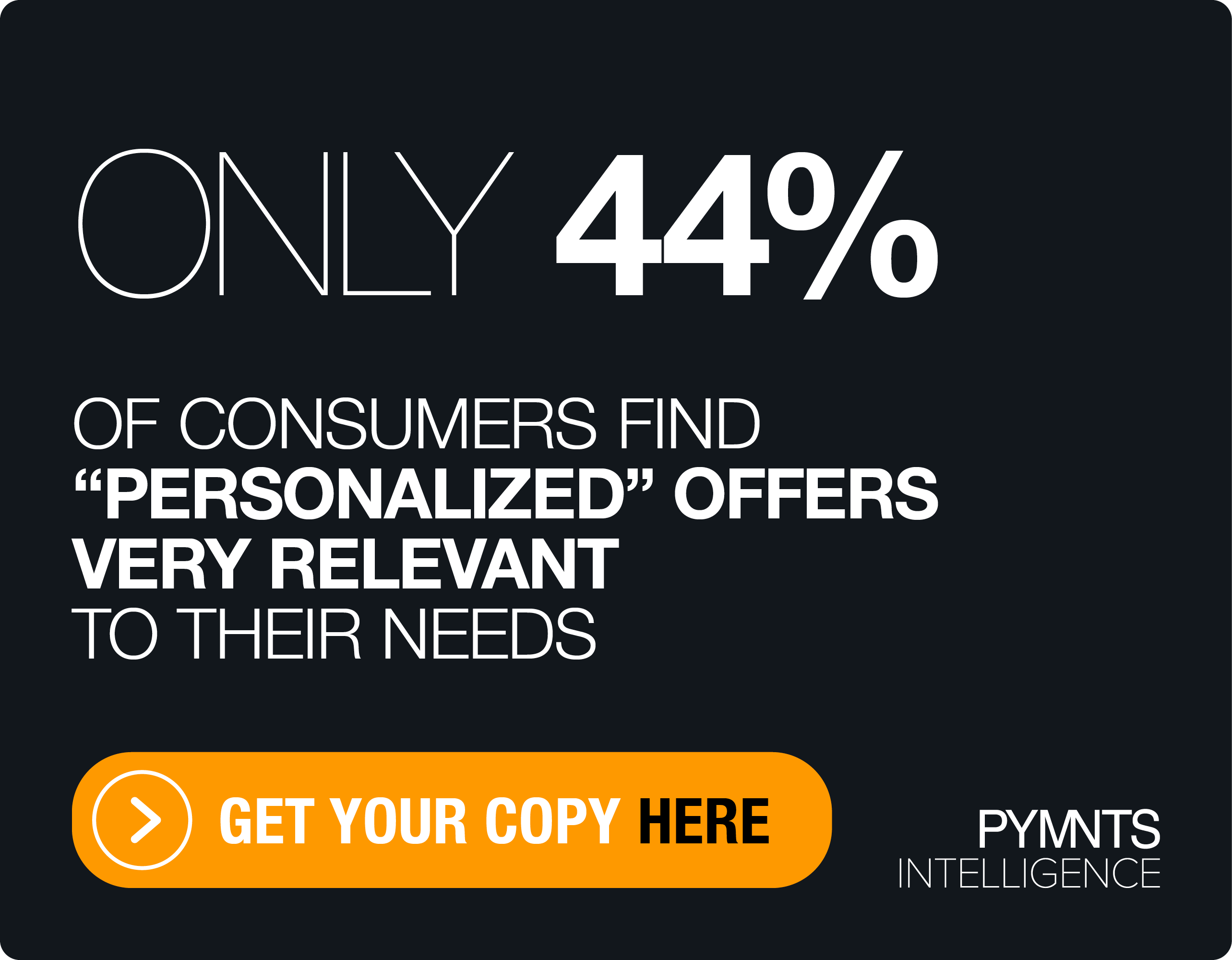EU’s Vestager: Gig Workforce Should Be Able To Unionize For Better Pay

European Union antitrust chief and Silicon Valley critic Margrethe Vestager said gig economy workers should join forces for better pay, the Financial Times reported on Thursday (Oct. 24).
She further pledged that EU rules can’t prevent gig economy workers from forming unions.
“Platform workers should be able to team up, to defend their rights,” Vestager said.
Union recognition and worker rights in the gig economy realm are being requested in both the European Union and the U.S. Her words come against a backdrop of increasing complaints by gig workers who pick up rides and deliver food for platforms like Uber and Deliveroo.
Although the EU’s laws concerning competition disallows self-employed people from collectively price-fixing, Vestager said it was important to support people working in the gig economy and help empower them.
“We need to make sure that there is nothing in the competition rules to stop those platform workers from forming a union, to negotiate proper wages as you would do in any other business,” Vestager said, according to the report.
“The fact that their employers label those workers as ‘self-employed’ doesn’t make those collective agreements into cartels when that label is just a way to disguise that they are really employees,” she said. “Our starting assumption is that they are falsely labeled as self-employed.”
Given the median income for most gig workers of roughly $25,000 a year and the number of hours required behind the wheel to earn that, drivers’ wages fall well below the federal hourly minimum wage.
As independent contractors, drivers also have no benefits. After taking into account expenses like gas and insurance, there’s barely enough left over to meet their daily living expenses.
Drivers increasingly feel trapped, working for a company that keeps upping the percentage of their wages in exchange for picking up passengers and driving them from point A to point B. Adding insult to injury, the competition to get passengers into their vehicles is intensifying, making it even more of a challenge for drivers to keep even a modest income level at a steady state.
